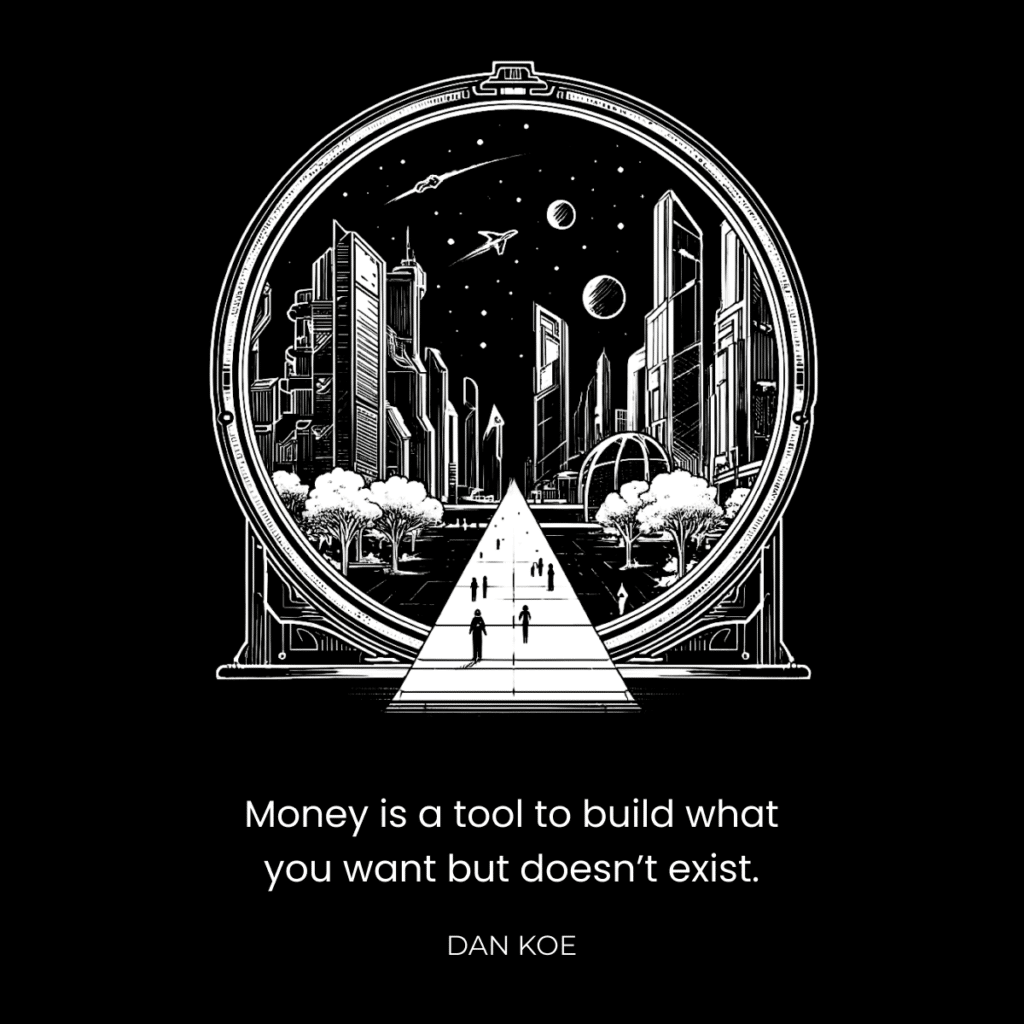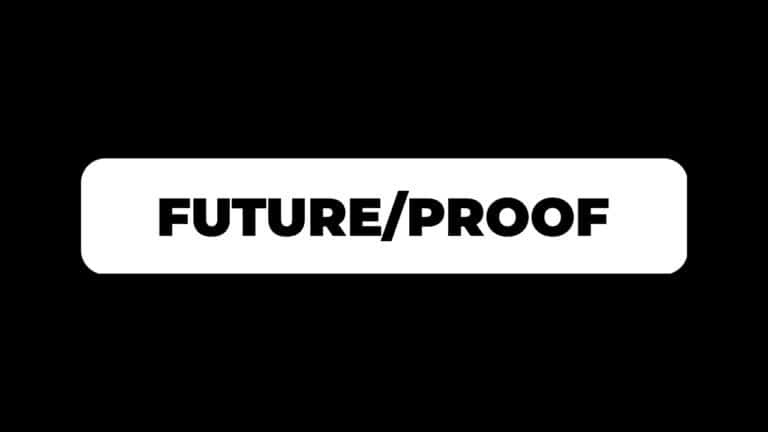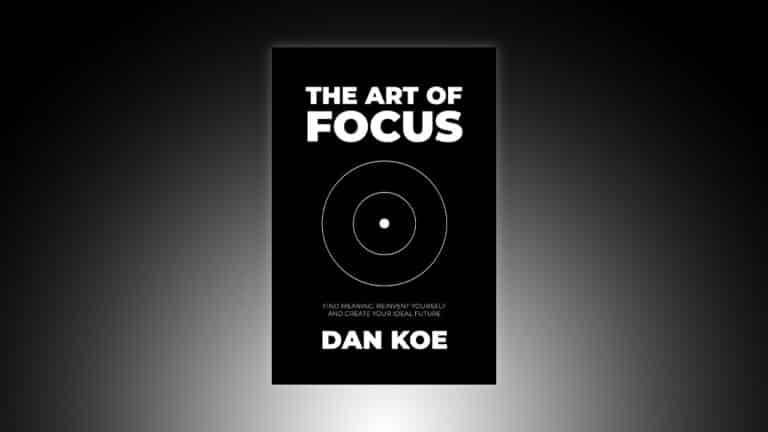This past weekend, I visited my developer team in Toronto, Canada.
We are doing things a bit differently at Kortex, and I want to get vulnerable with you.
I want to document building our startup in public so you can learn from our failures and successes (and trust me, we have plenty of failures already).
I want to talk about how we generated $759,900 in 6 months without launching to the public.
The problem is that most people dream of building a massive company, but most of them go about it wrong.
- They think they need startup capital.
- They think they need investors and VC money.
- They think they need to pour a bunch of money into marketing.
- They build the product without thinking about how they will get users or if the idea is good to begin with.
We took a completely different approach.
The good thing about our approach is that anyone can do it.
The bad thing about our approach is that it takes time.
When I landed in Toronto, I wanted to ask our core developers what their biggest lessons have been while building Kortex.
I wasn’t expecting the answers they gave.
I think you’ll benefit from what they had to say.
We will start there, then, I will tell you how to come up with a profitable startup idea and fund it without external help.
Imperfection, High-Agency People, and Building From Scratch
I’ll start with my biggest lesson.
I didn’t realize how complex and costly software development can be.
It’s just a note-taking app, right?
Wrong. We take so much of the software we use for granted. And we aren’t taking the cheap no-code route to deliver a crappy product to you.
We have a burn rate close to $30,000/week.
We’ve removed 3-4 major features already that took months of developer time and energy.
We’ve added major features we didn’t plan for.
We already have a V2 design of the app in the works.
Building the app has been a constant string of problems, and I wouldn’t have it any other way.
We have no idea what we’re doing because it’s impossible to guess what problem will pop up next.
So, my biggest lesson is this:
Be okay with doing things imperfectly.
Yes, our costs could be lower (if we didn’t recruit top talent). Yes, we could launch an MVP we aren’t proud of. Yes, we could do a lot of things, but boy are we gaining valuable life experience that will pay off 10-fold down the road.
Our mindset can change, but our goal isn’t acquisition right now. We want to build the app we want to see in the world. An app that will benefit people’s lives on a daily basis like it already does mine (seriously, I’m addicted to it).
Lesson 2) The Importance Of Being A High-Agency Individual
Lesson 3) Learning To Work With A Team As A Lone Wolf
Lesson 4) Building From Scratch Takes More Work Than Working At An Established Company
The Importance Of Building An Audience

Most people don’t even think of social media when they start a business.
They don’t see how it is the biggest “shortcut” to success.
We aren’t building a business in the 2000s. Technology has advanced. You don’t need to put in grueling hours with direct sales, cold outreach, and manually finding potential customers.
Social media is how you:
- Test ideas with content that turns into marketing and products that sell (without spending any money).
- Build an audience of people who want to buy the product when you launch it (because most startups can’t get users).
- Sell a low marginal cost digital product to get results and validate your startup idea before building it.
- Recruit developers, a team, and investors if you want to go that route.
Many people think I just write content to write content.
This is partially true, but I’ve written 40,000 tweets, posted 3000+ more to other platforms, sent hundreds of newsletters, and posted hundreds of YouTube videos.
Because of that, I have data.
I know exactly what ideas pull in followers, catch attention, spark controversy, lead to customers, and get engagement.
I have a database of ideas that I can use as products, inside my products, on my sales pages, and in my promotions. I don’t have to do any manual market research, and I don’t have to put time into building the product to test whether it will sell.
By writing and building an audience on social media, I get to skip the grind that most startups and businesses go through.
Here are a few simple steps to start:
1) Create Your Topic Tree
Write down a list of all of your interests, skills, and ideas you want to talk about.
Don’t worry about getting specific, worry about getting relatable.
Don’t niche down too far just yet. Start broad and applicable to most people.
Examples of applicable topics are ones you see online all the time: productivity, self-improvement, health and fitness, social dynamics, skill acquisition, career advice, business, etc.
If your topic is “leadership for teams and executives” turn that into “self-improvement” or frame it in a way that can benefit more people (without stripping the potential to attract the specific audience you want).
You don’t have to call out teams and executives for them to resonate with content. Write for them, but in a way that others can benefit from, too.
Remember, this is social media. It’s not targeted. It’s random. You have to start broad and funnel people into your expertise.
If you have 100 followers, and your topics are niche, good luck getting your content in front of enough people.
You need a larger audience that can spread your name to reach the specific people you want. It doesn’t matter if your audience isn’t completely filled with potential buyers.
I’d rather have 100,000 people who can spread my name to specific people in their network rather than 1,000 people who know exactly what I do. Especially if I’m building a startup where I need all of the leverage, resources, and connections I can get.
By the way, if you want first access to Kortex, we are running a writing BootCamp limited to 500 people.
You get 1 year of access to Kortex as we teach you how to write on social media to build an audience for your business, work, or career.
The first Bootcamp starts May 13. Check it out here.
2) Make Noise & Focus On Signal
Now, just start writing.
Talk about your interests.
Talk about your opinions.
Talk about your expertise.
Talk about your beliefs.
Teach people the skills you have, the mindset required to see success in your field, and the benefits of doing what you teach.
The more you write, the more data points you have.
Emulate what works.
Build a swipe file of ideas you wish you wrote.
Study the structure of posts and threads that do well.
Literally have 10-20 of your favorite posts open next to you as you write.
Don’t try to write your ideas blindly. You need to write with readability, impact, and in a style that the platform is used to.
There’s a reason all creators talk about similar topics in a similar way… because it works. This changes occasionally and you need to flow with what the market wants.
From there, stick it out for 3-6 months.
Review all of your posts and see which ones did better.
Make those ideas a solidified part of your brand. Write about them more often because they will continue to do well. Include them in your marketing, promotions, and as ideas for products. People want more of that.
When you have enough validated ideas through content, you can move on to the next step.
How To Fund Your Startup

Finally, to answer your question, how did we make almost $800K in 6 months without launching the app yet?
It’s relatively simple, and it’s the same thing I’ve talked about in almost every one of my business newsletters.
We have a team of 9 developers building the Kortex app and 6 creators (including myself) building Kortex University – the side where we teach writing.
Our first priority with Kortex was to generate cash flow so we didn’t have to take on investors or continue to dig into our own money (I invested $500K of my own money as an initial safeguard to fuel development).
We built a digital product with ideas we’ve validated before.
We started building the Kortex social media and email list. Our X and Instagram accounts are almost at 10,000 followers each. Our email list is also closing in on 10,000 subscribers.
Digital products cost very little to build and distribute. I’ve built multiple under my own brand so I know how to do it fast.
In short, we built a program that teaches writing and fueled it with social media traffic.
But, I wouldn’t recommend doing it under your startup first. I would recommend doing it under your own brand, then, after building cashflow and having the skill to build a startup, you can repeat that same process under the startup’s brand.
Here are the steps to take:
1) Write Content, Build A Program, & Do Client Work
You need cash flow.
When you start building your personal brand and testing ideas with content (as mentioned above), you’ll start to get a feel for what you can help people with.
Turn your expertise into a program that helps people do what you’ve done.
As a writer, I help people with writing.
As a health nut, you can help people with fitness.
As a productivity expert, you can help people become more productive.
Yes, you need to actually get good at something before you can help people with a business.
Your job is to build a curriculum and guide people through it 1 on 1 with weekly calls, worksheets, and tasks to get results.
When you don’t have a large audience, it doesn’t make sense to sell a product yet. You need to charge $1000-$5000+ per client.
I’ll talk about this process in a future letter soon.
2) Get Results, Grow Your Audience, & Productize Your Offer
As your audience grows, you have more leverage.
We discussed this progression in Zero To $1 Million As A One-Person Business.
In between these steps, it is your full time job to improve your program to get better results for your customers.
Work with them closely and study their problems.
Results are all that matter. Your results are what will lead to more customers and a profitable startup idea.
And, since you’ve built an audience around this, you don’t have to worry too much about getting initial users. Your clients, customers, and readers are enough validation for the startup idea that stems from building your own brand.
You have more traffic and potential customers in your audience, so it only makes sense to turn a part of your program into a course that more people can access.
You can do this in two ways:
- A cohort-based course – you have a curriculum, community, and live calls to help guide groups of people through the program. You can charge more for this structure and launch a cohort every 1-3 months.
- A regular course – this is where you just sell the curriculum as a course. The upside is that it requires very little work on your end. The downsides is that you only launch once and charge a lower price.
Under my brand, I’ve iterated on my products to the point where 2 Hour Writer is my best-selling course.
I have an audience of writers and creators that I’ve helped.
With close to 15,000 students in 2 Hour Writer alone, it makes sense to build a writing app with my system to help make their process better.
3) Build Your Startup & Repeat The Process
You now have:
- Thousands of social media posts to pull data from on what works.
- Dozens of clients that you’ve personally helped get better at what you do.
- Hundreds or thousands of students who can benefit from your startup idea.
- A hyper-profitable digital product business with enough cash flow to start building your product and team for your startup.
You solve the problem that most startups have:
They can build an okay product, but they can’t get users. Therefore they can’t make money. And they don’t have a cashflow generating business of their own that both validates their startup idea and allows them to fuel it’s growth.
At this point, repeat the process for your startup.
Build the social media accounts.
Start testing ideas with content related to your startup.
Build out your value ladder starting with client work.
Get results for those initial customers and productize further into a cohort or course.
Hire a team for both the development and education side of the brand so you can do it faster than before.
With all of this, we can still fail. Kortex could go absolutely nowhere, and we’re okay with that. All of this advice is subject to your skill, not luck.
I hope this was helpful in providing a big-picture roadmap for building your startup.
I’ll talk more about how we are building Kortex as it is built.
Thank you for reading and enjoy the rest of your weekend.
Dan



